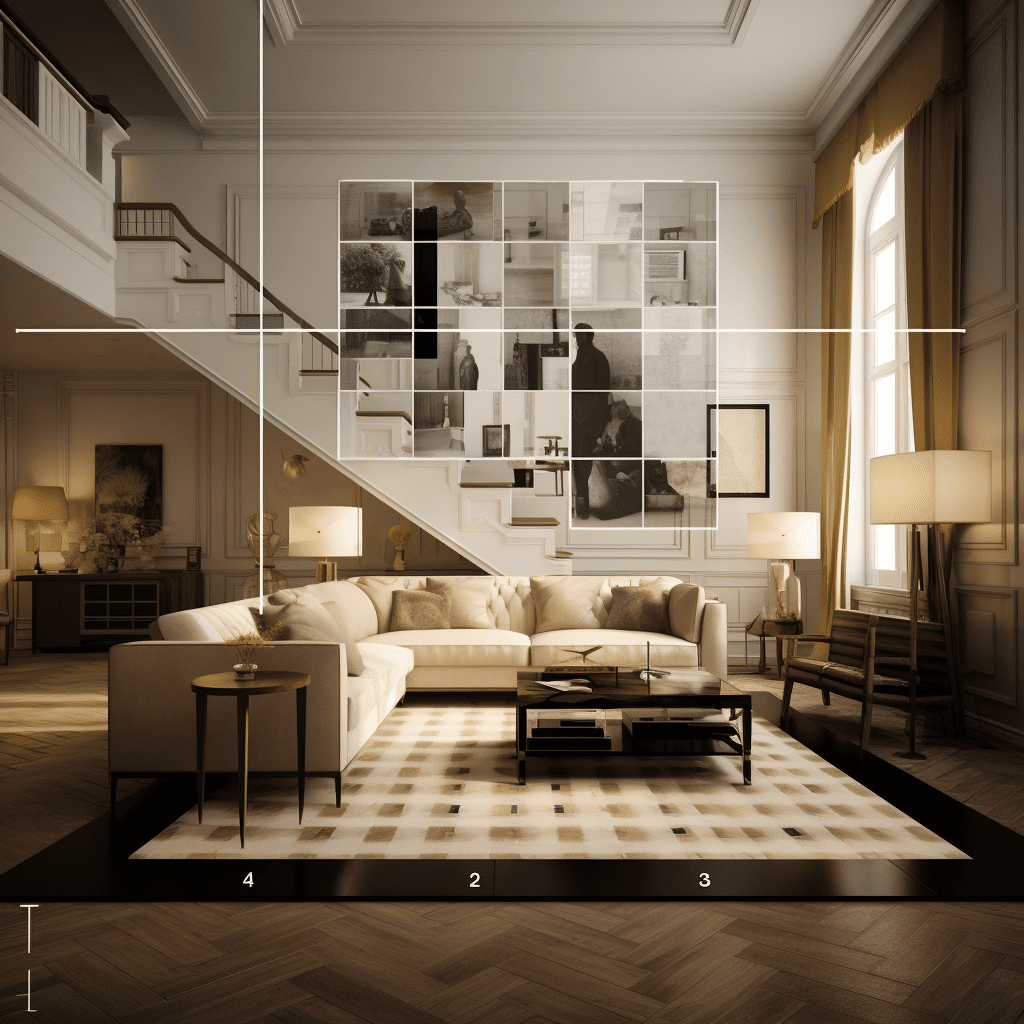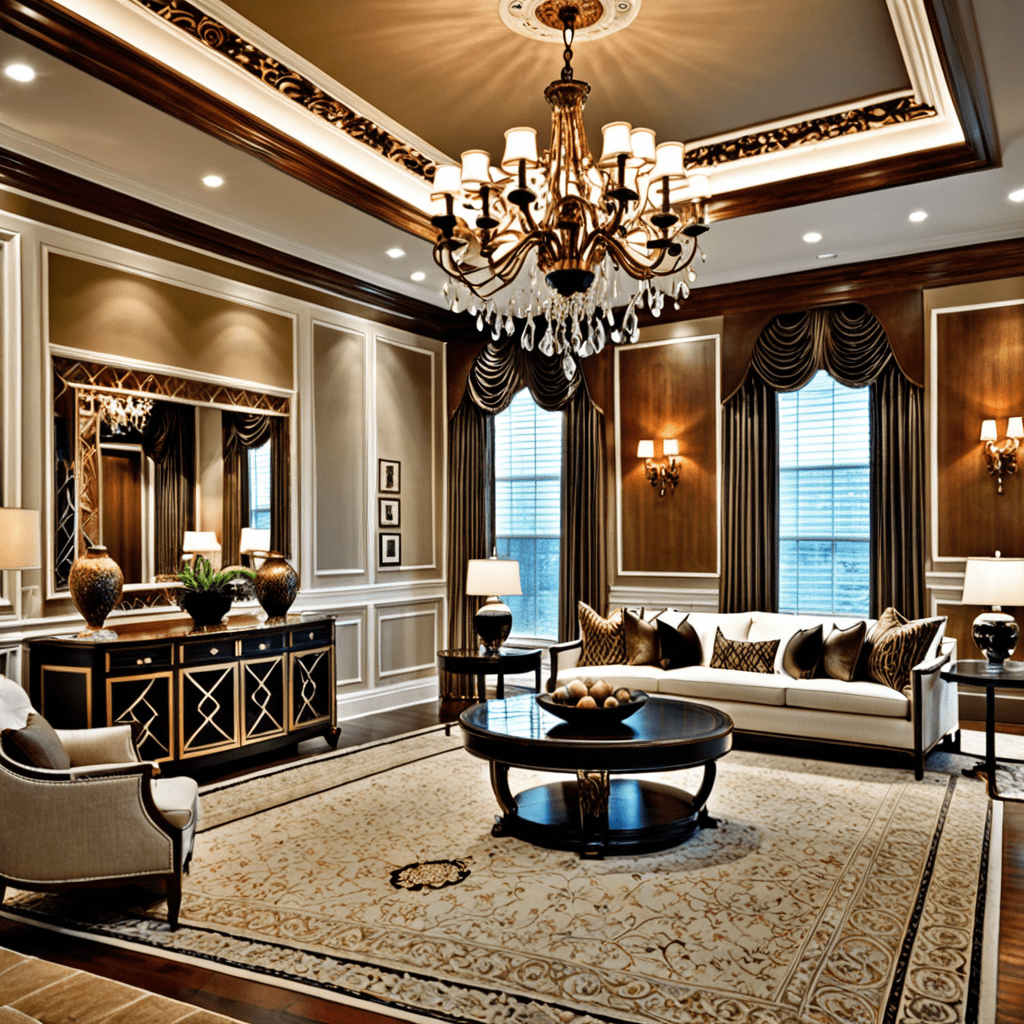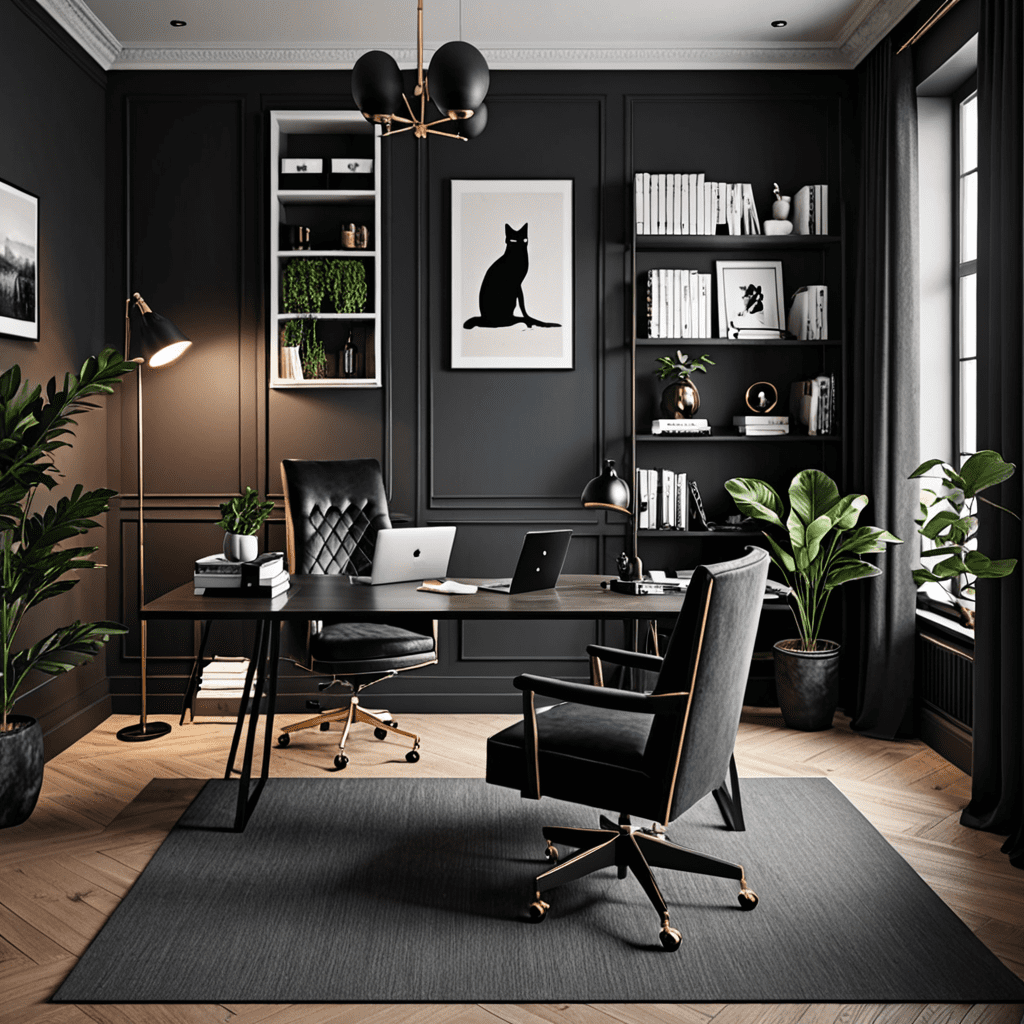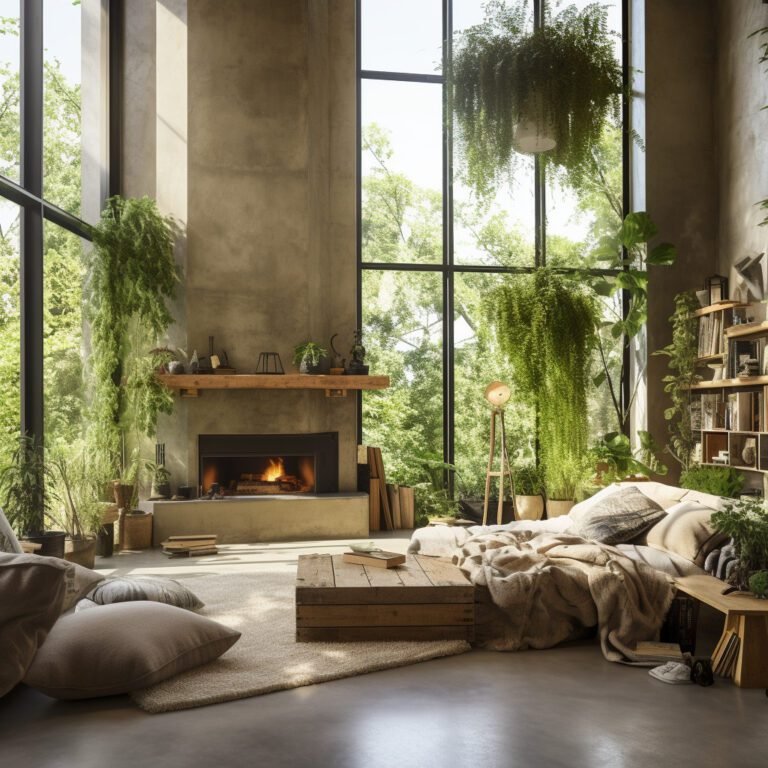How to Create Rhythm in Your Interior Design


The Power of Rhythm in Interior Design
In the world of interior design, there is an element that can make or break the overall aesthetic appeal of a space: rhythm. Rhythm in interior design refers to the repetition or recurrence of certain design elements throughout a room, creating a sense of flow, harmony, and visual interest. From the placement of furniture to the patterns on accessories, rhythm plays a crucial role in achieving a cohesive and pleasing design. In this article, we will explore the importance of rhythm in interior design and provide practical tips on how to incorporate it into your own home.
Establishing a Visual Rhythm
Creating rhythm in a space involves establishing a visual flow that guides the eye and creates a sense of movement. This can be achieved through repetition, alternation, and progression of design elements. By carefully considering the placement and arrangement of furniture, artworks, colors, and textures, you can create a harmonious and balanced rhythm that enhances the overall design scheme.
Repetition: The Foundation of Rhythm
Repetition is one of the most fundamental principles of rhythm in interior design. By repeating certain design elements, such as patterns, shapes, or colors, you can create a sense of unity and coherence within a space. For example, using the same pattern on throw pillows, curtains, and rugs can create a rhythmic pattern that ties the room together.
Alternation: Introducing Variation
While repetition establishes a sense of order, alternation adds interest and variation to the design. Alternating different design elements, such as light and dark colors, or large and small objects, can create a dynamic and rhythmically engaging space. For example, alternating bold, colorful artwork with neutral-toned pieces can create a rhythmic visual impact on a gallery-style wall.
Progression: Creating a Sense of Movement
Progression involves the gradual change or advancement of design elements in a space. It can be achieved by gradually increasing or decreasing the size, color intensity, or pattern complexity of objects or materials. This progression creates a sense of movement and visual interest, leading the eye through space. For example, incorporating varying shades of a color from light to dark can create a visually stimulating and rhythmically pleasing effect.
Tips for Incorporating Rhythm in Your Interiors
Now that we have explored the concept of rhythm in interior design, here are some practical tips to help you incorporate it into your own home:
- Start with a focal point: Choose a dominant design element or a central piece of furniture as your focal point. Use repetition, alternation, and progression to create a rhythmic flow outward from this point.
Pay attention to patterns: Introduce patterns through textiles, wallpapers, or flooring. Use repetition or alternation of patterns to create a rhythmic visual impact.
Consider scale and proportion: Combine elements of different sizes and proportions to create a balanced and harmonious composition. Gradually change the scale or size of objects to create a sense of movement.
Use color consciously: Experiment with color schemes and the repetition of colors to establish a rhythmic flow. Gradually change the intensity of colors or introduce contrasting hues for added interest.
Experiment with textures: Incorporate a variety of textures, such as smooth, rough, or glossy surfaces, to create a tactile rhythm. Combine different textures in a rhythmically pleasing way.
Find balance: Achieving rhythm in interior design requires balance. Ensure that the repetition, alternation, and progression of design elements are evenly distributed throughout the space.
Frequently Asked Questions
Q: Can rhythm be incorporated in any style of interior design?
A: Yes, rhythm is a versatile design principle that can be applied to any style, from traditional to modern. It helps to create a sense of harmony and flow within the space, regardless of the chosen aesthetic.
Q: How can I create rhythm in a small space?
A: In a small space, repetition becomes even more crucial. Choose a limited color palette and repeat it throughout the room. Similarly, select a pattern or texture and use it consistently in different elements of the design.
Q: How do I avoid creating a cluttered or overwhelming look when incorporating rhythm?
A: While repetition is important for creating rhythm, it’s essential to strike a balance. Avoid overcrowding the space with too many repetitive elements. Instead, focus on key pieces and subtly incorporate repetition through details like accessories or artwork.
Q: Can lighting play a role in establishing rhythm in interior design?
A: Absolutely! Lighting fixtures can be used as design elements and contribute to the rhythm of a space. Choose fixtures that complement the overall design and create a visual rhythm through their placement and arrangement.
Q: Is there a limit to the number of design elements that can be repeated in a space?
A: There is no specific limit, but it’s important to exercise restraint and avoid overusing repetitive elements. It’s about finding the right balance and creating a rhythm that enhances the overall design without overwhelming the space.
Q: Can rhythm be created in outdoor spaces as well?
A: Yes, rhythm can also be applied to outdoor spaces. By repeating certain design elements, such as plants, furniture, or materials, you can establish a sense of rhythm and harmony in your outdoor living areas.
In conclusion, rhythm is a powerful tool in interior design that can transform a space into a visually compelling and harmonious environment. By incorporating repetition, alternation, and progression of design elements, you can create a sense of flow, balance, and visual interest that enhances the overall aesthetic appeal of your home. So next time you’re decorating or redesigning a room, remember to embrace the power of rhythm.





